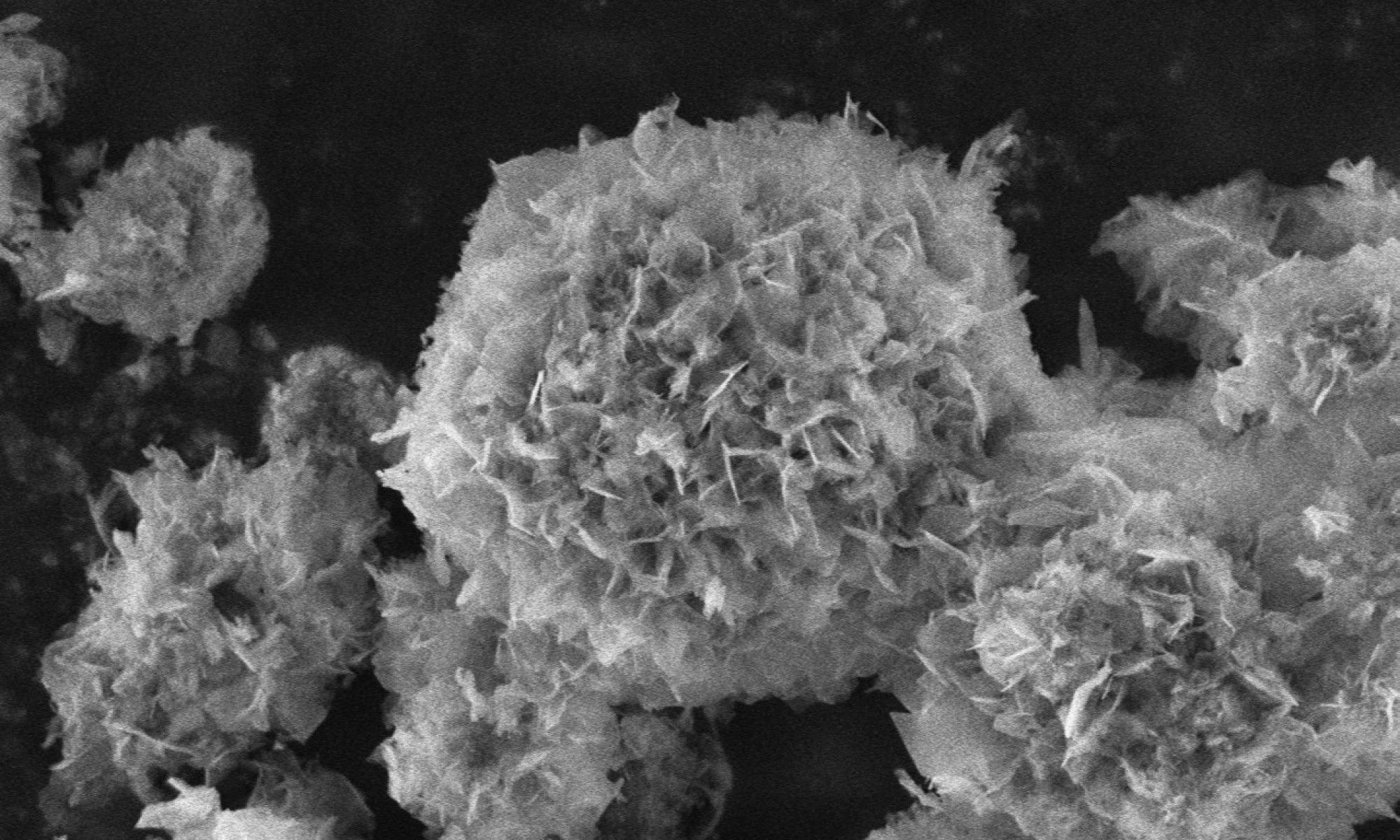The paper was published on 6th February 2022 in open acces.
You can read the whole paper on this link:
Minerals | Free Full-Text | Precipitation of Calcium Phosphates and Calcium Carbonates in the Presence of Differently Charged Liposomes (mdpi.com)
The abstract of the paper is here:
Abstract
Liposomes (lipid vesicles) are often considered to be a versatile tool for the synthesis of advanced materials, as they allow various control mechanisms to tune the materials’ properties. Among diverse materials, the synthesis of calcium phosphates (CaPs) and calcium carbonates (CaCO3) using liposomes has attracted particular attention in the development of novel (bio)materials and biomineralization research. However, the preparation of materials using liposomes has not yet been fully exploited. Most of the liposomes used have been anionic and/or zwitterionic, while data on the influence of cationic liposomes are limited. Therefore, the aim of this study was to investigate and compare the influence of differently charged liposomes on CaPs and CaCO3 formation. Zwitterionic 1,2-dimyristoyl-sn-glycero-3-phosphocholine (DMPC), negatively charged 1,2-dimyristoyl-sn-glycero-3-phospho-L-serine (DMPS), and positively charged 1,2-dioleoyl-sn-glycero-3-ethylphosphocholine (EPC) lipids were used to prepare the respective liposomes. The presence of liposomes during the spontaneous precipitation of CaPs and CaCO3 affected both the precipitation and transformation kinetics, as well as the morphology of the precipitates formed. The most prominent effect was noted for both materials in the presence of DMPS liposomes, as (nano) shell structures were formed in both cases. The obtained results indicate possible strategies to fine-tune the precipitation process of CaPs and CaCO3, which may be of interest for the production of novel materials.Keywords: calcium phosphates; calcium carbonates; liposomes; amorphous phases; nanoshells
